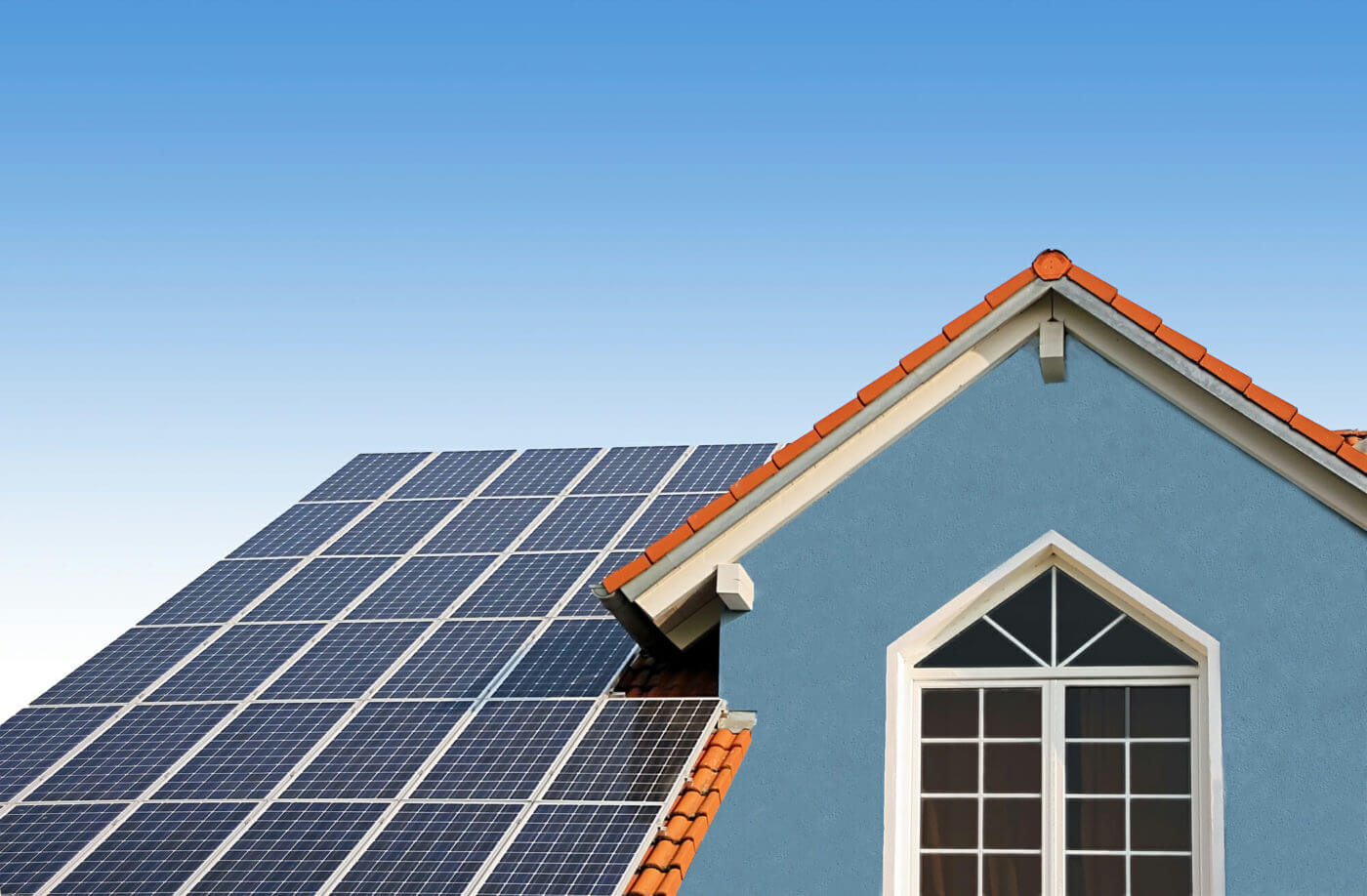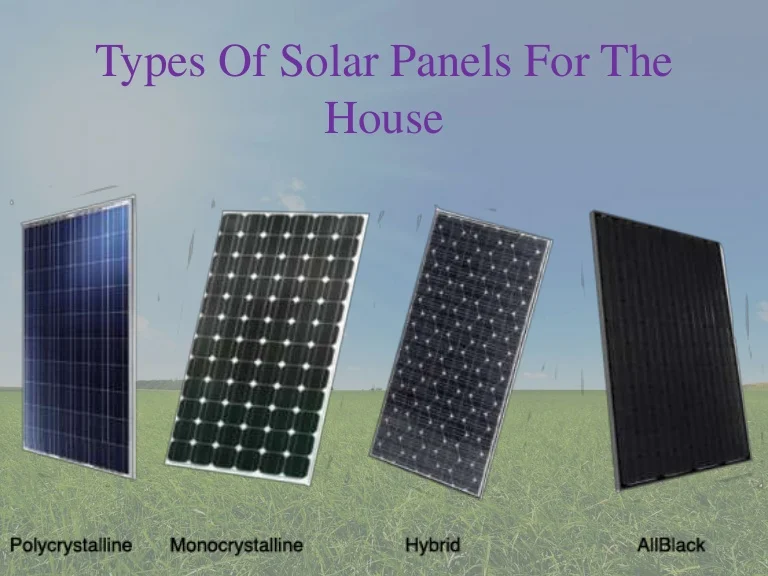Solar Systems for Dummies
Solar Systems Things To Know Before You Get This
Table of ContentsMore About Solar SystemsFascination About Solar SystemsA Biased View of Solar SystemsFacts About Solar Systems Revealed
There are 3 various kinds of solar panels: monocrystalline, polycrystalline, and thin film. Monocrystalline photovoltaic panels are highly effective as well as have a streamlined layout, however come at a greater cost point than various other photovoltaic panels. Polycrystalline photovoltaic panels are cheaper than monocrystalline panels, nevertheless, they are less efficient as well as aren't as aesthetically pleasing.Nowadays, there are a number of selections of monocrystalline photovoltaic panels on the marketplace to pick from. Passivated Emitter and also Back Contact cells, more frequently described as PERC cells, are coming to be a significantly preferred monocrystalline choice. PERC cells undergo a various manufacturing as well as assembly process that increases the quantity of electrical energy the cells can create.
Since monocrystalline solar cells are constructed from a single crystal of silicon, electrons have the ability to easily flow throughout the cell, boosting overall performance. Not only do monocrystalline panels have the highest performance scores, they generally additionally have the highest power capability ratings. A lot of monocrystalline panels on the marketplace today will certainly have a power output score of a minimum of 320 watts, however can increase to around 375 watts or higher!.
Because polycrystalline cells consist of multiple silicon cells, the electrons can not relocate as quickly and therefore, lower the effectiveness of the panel. The lower performance of polycrystalline panels additionally means they tend to have a lower power result than monocrystalline panels, generally varying in between 240 watts and also 300 watts.
The Definitive Guide for Solar Systems
In order to satisfy your power requires, you would certainly need to install even more slim film panels over a huge area to generate the same quantity of power as crystalline silicon solar panels. This is why slim film solar panels do not actually make sense for household installments where space is limited.
The temperature coefficient informs you just how much the power outcome will certainly lower by for each 1 * C over 25 * C the panel gets. The common temperature coefficient for mono and polycrystalline panels commonly drops somewhere between -0. 3% and also -0. 5% per * C. Thin film panels on the various other hand, are around -0.
With some slim movie panels, it's tough to also see the individual cells within the panel. They also have a tendency to have much less circuitry as well as busbars, meaning there's much less white room. Due to the fact that they are so ineffective, you would require to cover your whole roofing in thin film panels - which may or may not be your style.

Some producers have actually worked around this with black packaging or shaping the cells differently, yet these visual modifications can influence both the price and efficiency of the panels. On the whole, monocrystalline panels still look streamlined, however they're a bit more noticable than thin film panels. solar systems. The process in which polycrystalline solar cells are produced causes the cells to have a blue, marbled appearance.
The Of Solar Systems
If you get on a tight spending plan, polycrystalline panels may make even more sense for you. We do not recommend slim film solar panels for domestic installations - their performance and toughness don't make the reduced cost worth it, and also it's unlikely you'll have almost enough room to install the variety of slim film panels you would certainly need go to this web-site to cover your household power usage.
Given that they are made from pure silicon, they can be easily identified by their dark black color. The usage of pure silicon likewise makes monocrystalline panels one of the most space-efficient as well as longest-lasting amongst all 3 photovoltaic panel kinds. Nevertheless, this comes with a cost a great deal of silicon is thrown away to produce one monocrystalline cell, sometimes reaching over 50%.

Amorphous silicon panels (A-Si) derive their name from their shapeless nature. Unlike mono-and polycrystalline solar cells, the silicon is not structured on the molecular level.
Rumored Buzz on Solar Systems
$0. 32-$0. 65 $1 $1. 50 $0. 70 $1 $0. 60 $0. 70 $0. 50 $0. 60 $0. 43 $0. 50 Note that these figures do not consist of the expense of installment as well as labor. With labor as well as various other overhead variables, the total can increase to $2. 50 to $3. 50 per watt.

This suggests that thin-film panels can be a great alternative for hotter settings or locations that experience more sunshine throughout the year. The updated International Building Code of 2012 requires photovoltaic panels to match the fire view it now score of the roofing where they are installed. This is to make sure that the modules do not increase the discover this spread of flames in case of a fire.